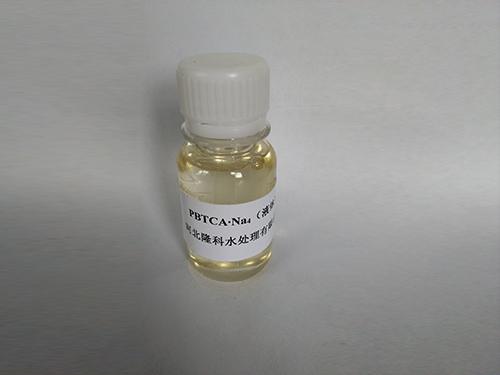Exploring the Molecular Structure and Properties of Polyaspartic Acid for Diverse Applications
The Structure and Significance of Polyaspartic Acid
Polyaspartic acid, a versatile polymer derived from the amino acid aspartic acid, has garnered significant attention in various fields such as biomedicine, materials science, and agriculture due to its unique structural properties and biological functions. Understanding its molecular structure is critical, as it underpins both its physical characteristics and its applications.
Molecular Structure
At its core, polyaspartic acid is formed through the polymerization of aspartic acid monomers. The structure features a backbone composed of repeating units of aspartic acid, which is characterized by a carboxylic acid group on one side and an amine group on the other. The general formula can be expressed as \((C_4H_7NO_4)_n\), where n represents the number of repeating units. The polymerization of aspartic acid leads to the formation of an amide link, resulting in a linear or slightly branched structure that can vary significantly depending on the conditions under which it was synthesized.
The unique characteristic of polyaspartic acid arises from the presence of the carboxyl groups (-COOH) along its chain. These functional groups confer polyelectrolyte properties, giving polyaspartic acid the ability to dissolve in water and interact with various cations. This solubility is a vital aspect that facilitates its use in numerous applications, from drug delivery systems to biodegradable materials.
Physical Properties
Polyaspartic acid exhibits several distinctive physical properties, including high thermal stability and good mechanical strength. The polymer is relatively flexible, which makes it suitable for use in coatings and adhesives. Its ability to form gels under certain conditions adds to its versatility, allowing polyaspartic acid to serve as a suitable matrix for encapsulating bioactive molecules.
polyaspartic acid structure

Additionally, its biocompatibility makes polyaspartic acid an excellent candidate for medical applications
. The polymer’s safety and effectiveness are why it is often researched for controlled drug release systems and as a scaffold for tissue engineering.Applications
The applications of polyaspartic acid are diverse and steadily expanding. In the biomedical field, researchers are investigating its potential as a drug delivery vehicle, particularly for targeted therapy. The presence of the terminal amine groups in the polymer can be modified to attach various therapeutic agents, making it possible to create customized delivery systems that release drugs at specific sites within the body.
In the materials science arena, polyaspartic acid has shown promise as a component in protective coatings. Its ability to enhance adhesion and flexibility makes it ideal for automotive paints and industrial coatings, particularly in environments that require high resistance to corrosion and wear.
Agricultural applications are also emerging, as polyaspartic acid can be used to improve soil quality and plant growth. Its water retention properties can help in formulating slow-release fertilizers, and its biodegradable nature means it aligns well with sustainable agricultural practices.
Conclusion
In summary, polyaspartic acid is a remarkable polymer with a unique structure that enables a wide array of applications across various fields. Its molecular composition not only provides physical stability and flexibility but also renders it biocompatible, paving the way for innovations in drug delivery and tissue engineering. As research continues to advance our understanding of this intriguing polymer, we are likely to see even broader applications, making polyaspartic acid a significant topic of interest in both the scientific community and industrial sectors. The future of this polymer holds promise for enhancing numerous aspects of everyday life and solving critical challenges in health and environmental sustainability.
-
Water Treatment with Flocculant Water TreatmentNewsJun.12,2025
-
Polymaleic AnhydrideNewsJun.12,2025
-
Polyaspartic AcidNewsJun.12,2025
-
Enhance Industrial Processes with IsothiazolinonesNewsJun.12,2025
-
Enhance Industrial Processes with PBTCA SolutionsNewsJun.12,2025
-
Dodecyldimethylbenzylammonium Chloride SolutionsNewsJun.12,2025





